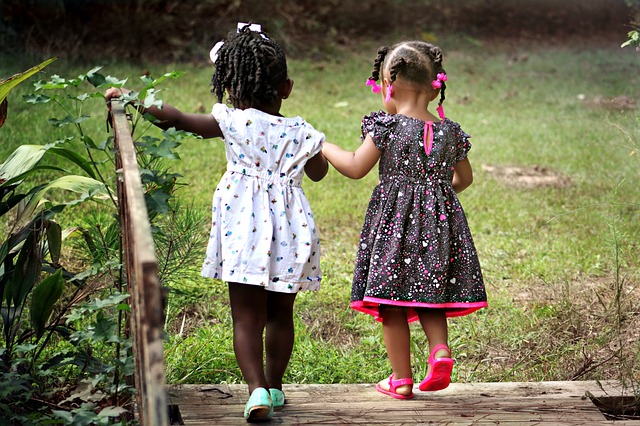
Michael Huerter continues his series responding to The Image of God in an Image Driven Age: Explorations in Theological Anthropology, edited by Beth Felker Jones and Jeffrey W. Barbeau (Downers Grove, IL: InterVarsity Press, 2016). See Part 1 of Michael’s explorations here, Part 2 here, and Part 3 here.
Whether we think of the image of God as being related to human beings’ unique rationality, their place as representatives of God’s reign, their potential for relationships, or their ability to make moral choices, the fact remains that the Christian faith claims each human life has great worth that cannot be dismissed and ought not to be forgotten.
In our last discussion, we noted that while the image of God can be seen in every human, the effects of sin are also universally present. We are fallen image bearers and therefore cannot live up to the responsibility of caring for creation in obedience to God’s command.
However, as Christians we have the hope of Jesus and his saving work. Many women and men, wise and otherwise, have gone into great depth explaining what that work is and what it means. Rather than attempt to cover such a huge subject fully, I will focus on a small portion of what Scripture says that is helpful to our discussion.
Paul writes of all humanity being included in Adam’s sin (Rom. 5). We bear the legacy of the Fall, and we are unable to escape its influence ourselves, but Jesus offers us a new way. Instead of being in Adam, we can be in Christ. Jesus took on the image of sinful man, the one whose sin we were trapped by, and faithfully bore the image of God as humanity was always meant to do. Jesus has imaged and revealed God without sin, and through the gift of the Holy Spirit we are being confirmed to that image. If Adam is the prototype of sinful man, Jesus is the new model of faithful image-bearer, and we are being made like him. As Christ’s Body, we are called collectively to reveal God’s nature to the world and to represent His loving rule.
Paul was so confident in this transforming work that God was doing that he wrote to the Philippians “the one who began a good work among you will bring it to completion by the day of Christ Jesus.” (Phil. 1:6) We can live with that same confidence, knowing that God is faithful to finish what He has begun in us. We ought to think of ourselves in this way, gratefully praising God for His great gift and obediently joining in His work of reconciliation and healing in the world. We also ought to see others in this way, either as fellow believers who are being formed into the image of Christ, or as God’s estranged children who nevertheless bear His image, and are in need of redemption.
We therefore are called to view our world through the person of Jesus Christ. He came to redeem all of creation, and each human life is intended by God to bear the image of His Son and to take part in that redemption. Your life bears the same purpose that is behind the entire created order, though the specifics will be wonderfully unique. The lives of your loved ones, the lives of those who hate you, the lives of those you will never meet, have the potential to show God’s glory to a world in need. Can we, by our words, our actions, our studies, encourage others to display that image? Can we ennoble the lives of those who are told they are worthless? Can we live as though every human life is of incomparable value? May Christ be our vision as we are shaped by his grace to be like him.
Where in your areas of study do you see God’s good design for creation? Where do you see the value of human life, and how might God use you to protect and affirm that worth?
Michael Huerter is a graduate of Messiah College, and is currently pursuing a Master of Divinity and a Master of Music in Church Music at Truett Seminary and Baylor University in Waco, Texas. He is passionate about making music, and particularly enjoys jazz. He also enjoys being an uncle to his two nieces and one nephew, and a “dad†to his 110-lb Shiloh Shepherd, Tinkerbell. His academic interests include worship theology and the intersection of faith, culture, and storytelling, and an item on his bucket list is to compose music for a soundtrack.

Leave a Reply